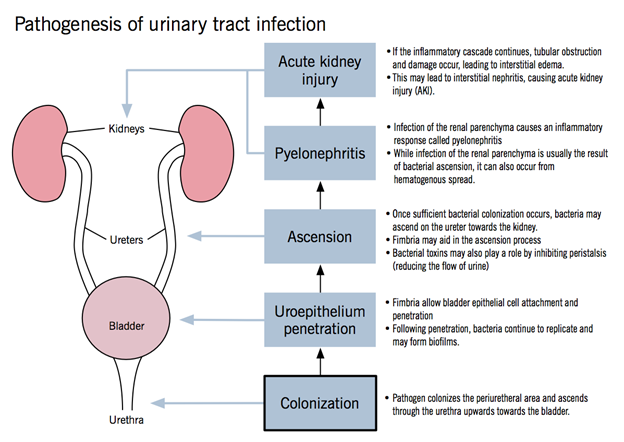Wellfleet Student plans are designed with the goal of member satisfaction by delivering the right care, at the right place, for the right price. Through a partnership with Cigna, Wellfleet provides its student members access to more than 1 million providers at more than 6,000 facilities nationwide. In addition to having a great network partner, we have a passionate internal team that works tirelessly for our members. This includes customer service, a quality assurance department, and provider and clinical team, with oversight from our Chief Medical Officer.
Wellfleet’s Payment Integrity team
Our Payment Integrity Team works closely with network partners and vendors to ensure our members have access to high-quality, in- and out-of-network care. As faithful stewards to our members, the team works with providers on a case-by-case basis to help reduce their out-of-pocket responsibility and retain costs for the health plan.
Not satisfied with business as usual
When high-dollar claims come into Wellfleet, there are several internal teams that review them. This is to ensure the bill is appropriate for the care provided. The steps in their process ensures proper evaluation, to provide the fairest outcome for the member and the plan. Most times these high-dollar claims are appropriate, and the approval is seen as business as usual. However, some raise flags based on things like billing, coding, or prior treatments.
Emergency care for a kidney infection
Wellfleet Student plans help provide coverage for students, whether it be for a routine exam or in-the-moment emergency care. That’s what one student desperately needed when they experienced a challenging bout of nausea and vomiting, weeks after a positive COVID-19 diagnosis. When admitted to the emergency room, doctors ran a battery of tests to help pinpoint the cause. Based on a previous visit, it was likely pyelonephritis, or a kidney infection. This can happen when bacteria enter the urinary tract and continue to multiply, then travel to the kidneys. Symptoms can include fever, chills, vomiting, feeling sick to your stomach, pain in the lower back, pain or burning when urinating or blood or pus (thick, white or yellow liquid) in the urine.
Potential for sepsis
In addition to concern for the kidney infection, doctors also wanted to ensure the bacteria had not entered the student’s blood stream, as it could lead to severe sepsis, which if untreated could lead to death.1
Part of this protocol included blood tests to aid in bacteria culture review and white blood cell count. Fortunately, the tests came back with normal readings and after an overnight stay for monitoring, the student was discharged.
Emergency care and diagnosis don’t align
Following the care, billing was submitted to Wellfleet for review and payment. Upon initial review by the payment integrity team it appeared as though the student member had suffered from multiple conditions, as there was coding for the treatment of COVID-19, tubulointerstitial nephritis and sepsis.
Upon further review of the file, there were specific notes and procedures that contradicted the coding for everything but the kidney infection. The team followed up with the provider to confirm the event and details. After a thorough conversation, it was determined that the additional conditions were tested for, but ultimately ruled out, and the billing was corrected.
By correcting the billing to reflect the proper coding, the payment integrity team was able to save the school’s plan more than $24,000. This also resulted in the student member saving more than $2,500, in out-of-pocket costs.
Don’t miss another great savings story! Sign up for our monthly clinical newsletter and get member savings stories in your inbox with other great Wellfleet Student happenings.
Resource
1 Sepsis Alliance. (n.d.). Urinary tract infections. Retrieved on October 3, 2022, from https://www.sepsis.org/sepsisand/urinary-tract-infections/#.



